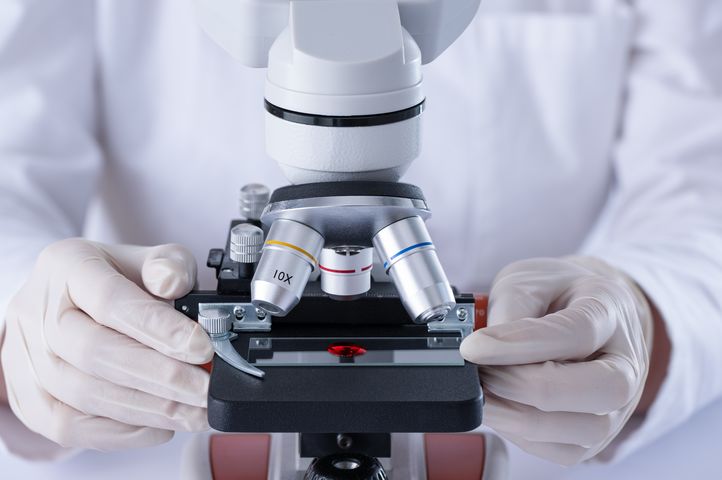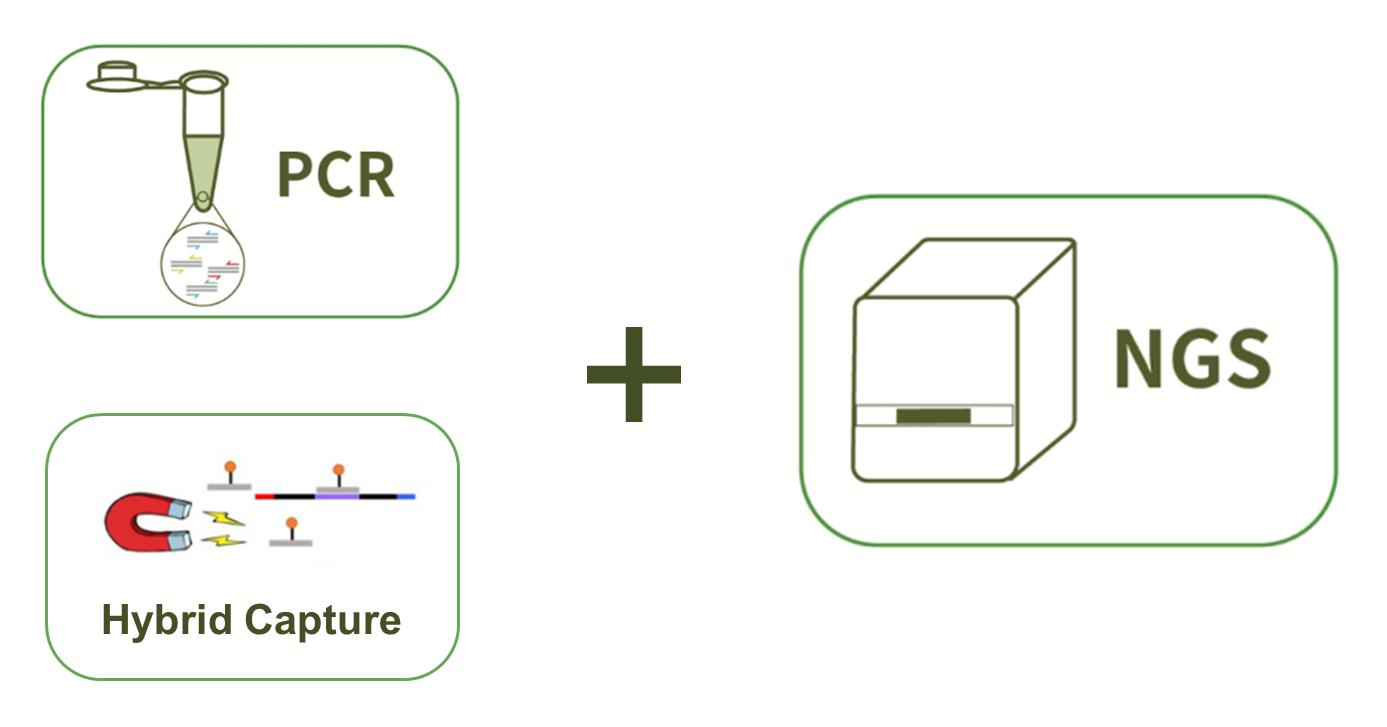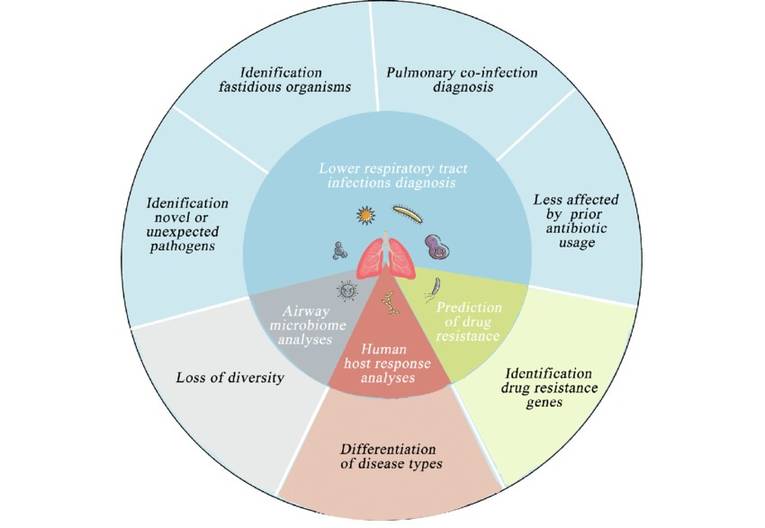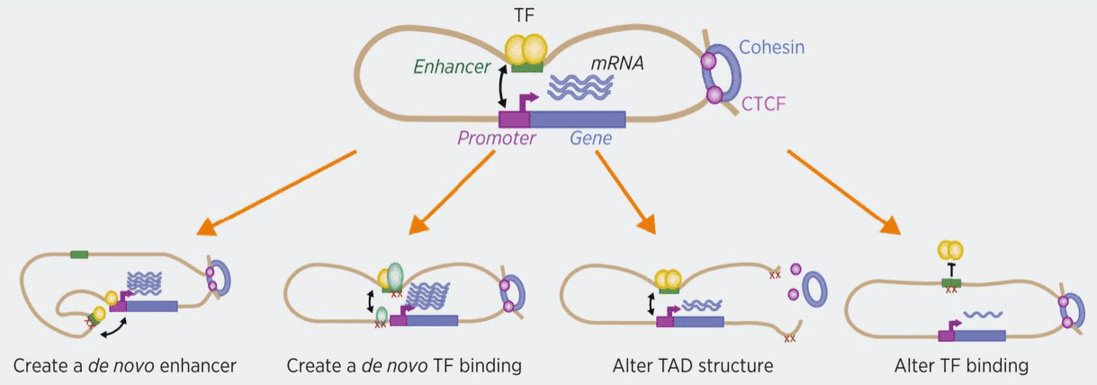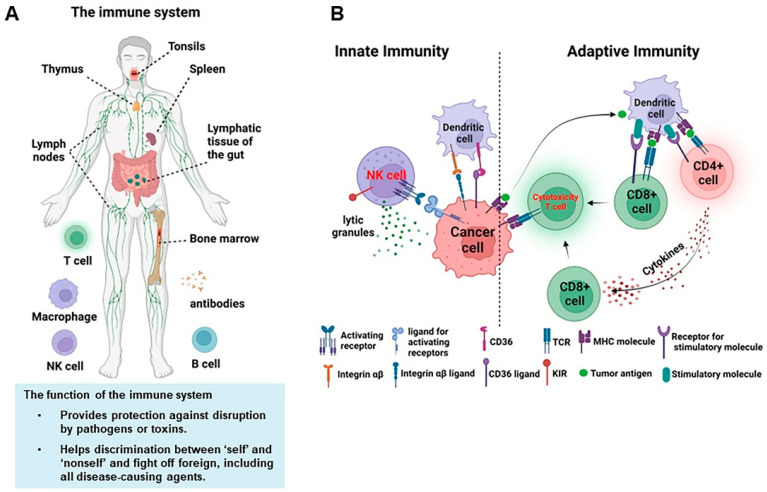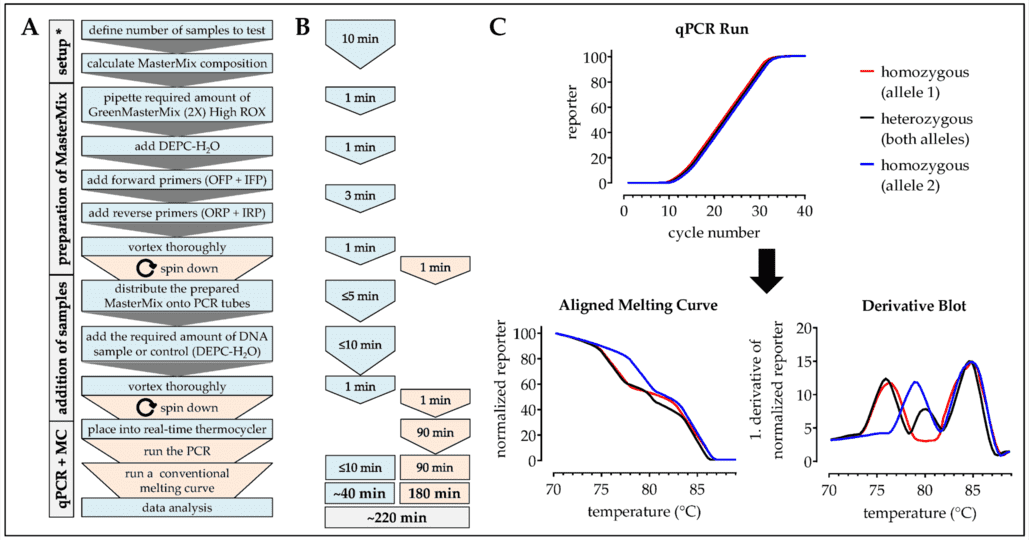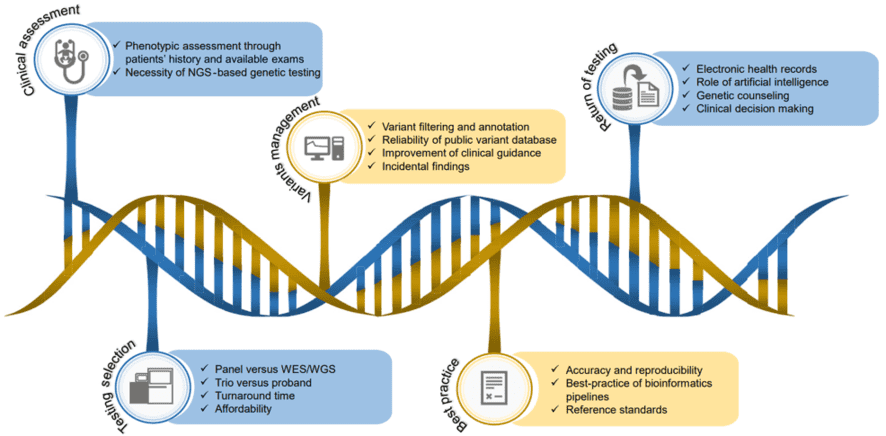Custom Ectopia Lentis Panel
What is ectopia lentis?
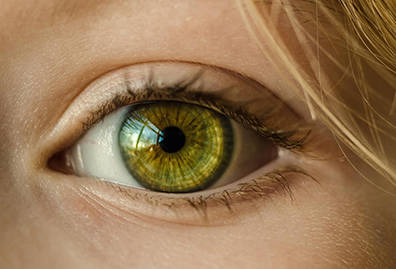
Ectopia lentis is a disease caused by dysplasia of the suspensory ligament. It causes the lens to be displaced or misplaced from its normal position. Congenital dysplasia of some lens suspensory ligament causes imbalance of traction, leading to displacement of the lens in the opposite direction to the dysplasia suspensory ligament, which is called congenital lens ectopic. The lens suspensory ligament is weakened by some reasons such as inflammation and degeneration, or the mechanical elongation of the suspensory ligament due to intraocular lesions is called spontaneous lens ectopic. Ectopia lentis can exist independently or in a variety of hereditary diseases, including Marfan syndrome (MFS), acromicric dysplasia and Weill Marchesani syndrome. The patients often exhibit hyperopia with high myopia or impaired vision. The severity of the symptoms depends on the degree of subluxation of the lens. Other complications include retinal detachment, cataracts and glaucoma. Therefore, ectopia lentis patients need to closely monitor those extra eye symptoms.
Disease-related gene description
Ectopia lentis is a hereditary disease that can be inherited in an autosomal dominant or autosomal recessive manner. To date, ADAMTSL4 is the only gene identified to cause autosomal recessive inheritance associated with ectopia lentis. Although the biological function and action mode of the ADAMTSL4 have not been fully elucidated, especially for the aspect of eye development, researchers have used mouse models to demonstrate that ADAMTSL4 is a gene essential for the stable anchoring of small fiber to the lens capsule. LTBP2 is an extracellular matrix protein associated with fibrillar-1 containing microfibers. The recessive variant of LTBP2 is associated with abnormalities in the eye, including primary congenital glaucoma and ectopic disease, as well as symptoms similar to Marfan syndrome. In addition, the pathogenic variation of the major structural protein FBN1 (fibrin-1) in the suspensory ligament has also been shown to be an important factor in the induction of ectopia lentis. Mutations in FBN1 can destroy microfibers, leading to fibrin malformations and ultimately affecting connective tissue. Researchers have also screened genes associated with ectopia lentis including ASPH, CBS, ADAMTS6 and ADAMTS10.
To better understand the relationship between mutations in certain related genes and the development of ectopia lentis, we offer a comprehensive library with ectopia lentis-related genes. Targeted DNA sequencing technology utilizing the Illumina MiSeq or Ion PGM system is provided. You can select the genes you are interested from the library for testing.
Custom ectopia lentis panel offers but are not limited to:
-
Targeted amplicon sequencing by Illumina MiSeq/Ion PGM system is utilized to obtain the most accurate results, so that we can detect low-frequency ectopia lentis variants.
-
Only sequencing the customizable ectopia lentis panel suits your requirements, increases throughput and saves costs.
-
Strict quality control throughout the pipeline workflow ensures the validity and repeatability of the sequencing.
-
In order to obtain accurate results, each detected change in gene level will be further verified.
-
Custom panel content is based on the latest research frontiers on ectopia lentis, covering all possible genes.
-
You can choose the panel content of interest from our ectopia lentis library, or discuss your custom ectopia lentis panel requirements, then we can provide you with a personalized panel.
Choose the genes that suit you from the ectopia lentis gene list
| ADAMTSL4 |
ADAMTS6 |
ADAMTS10 |
ADAMTS17 |
| ASPH |
AASS |
BCOR |
CBS |
| COL18A1 |
EGF |
FBN1 |
LTBP2 |
| MAPK1 |
MAPK3 |
MFSL |
MMP2 |
| MTHFR |
NOS2 |
P3H2 |
PAX6 |
| PORCN |
SUOX |
TGFBR1 |
TGFBR2 |
| VSX2 |
|
|
|
Specimen requirements of our custom ectopia lentis panel
- Specimen: DNA extracted from leukocytes in whole blood (no FFPE).
- Volume: 2 μg DNA.
- Collection: blood is collected by routine blood collection and leukocytes are isolated for extracting DNA. DNA samples are stored in TE buffer or equivalent.
- Container: lavender-top (EDTA) tube.
Gene panel workflow

For more information about the Custom Ectopia Lentis Panel or need other amplification requirements, please contact us.
References:
- Reinstein E, et al. A founder mutation in ADAMTSL4 causes early-onset bilateral ectopia lentis among Jews of Bukharian origin. Molecular genetics and metabolism, 2016, 117(1): 38-41.
- Patel N, et al. Mutations in ASPH cause facial dysmorphism, lens dislocation, anterior-segment abnormalities, and spontaneous filtering blebs, or Traboulsi syndrome. The American Journal of Human Genetics, 2014, 94(5): 755-759.
- Li J, Jia X, Li S, et al. Mutation survey of candidate genes in 40 Chinese patients with congenital ectopia lentis. Molecular vision, 2014, 20: 1017.
- Cao D, et al. Identification of a novel mutation in FBN1 in a Chinese family with inherited ectopia lentis by targeted NGS. Gene, 2019, 689: 51-55.
* For research purposes only, not intended for clinical diagnosis, treatment, or individual health assessments.
Related Services
Related Products
Related Resources


